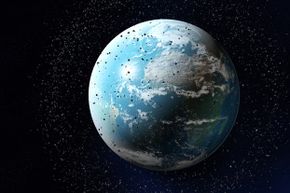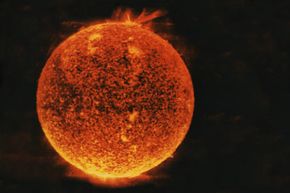The U.S. government spends billions each year subsidizing scientific research, and science and engineering graduate programs at U.S. universities are so good that they attract many of the best and brightest students from the rest of the world [source: National Science Foundation]. Surrounded by technological marvels, from talking ATMs and telecommunications satellites to supermarket tomatoes that are genetically modified to retain their flavor, Americans must be pretty darn smart when it comes to science, huh?
Well, guess again. The unsettling truth is that U.S. adults tend to be embarrassingly ignorant when it comes to basic scientific knowledge. A 2009 Harris Interactive survey found that only 53 percent knew that it took a year for Earth to revolve around the sun, and only 59 percent knew that the earliest humans and dinosaurs did not exist at the same time, the way they did in "The Flintstones" [source: ScienceDaily]. In 2018, the National Science Foundation found that 72 percent of poll respondents knew that the Earth revolved around the sun (which means 28 percent thought it was the other way around) and 68 percent incorrectly thought that all radioactivity was man-made.
Advertisement
So obviously, we've got quite a way to go to achieve anything resembling universal scientific literacy. But for those of you who feel the desperate urge to change the subject when someone mentions the Higgs boson, massively parallel supercomputing or the escalating debate over whether dinosaurs had feathers, fear not. We're going to start you off easy, with the answers to 10 really basic science questions that everybody should know how to answer.










